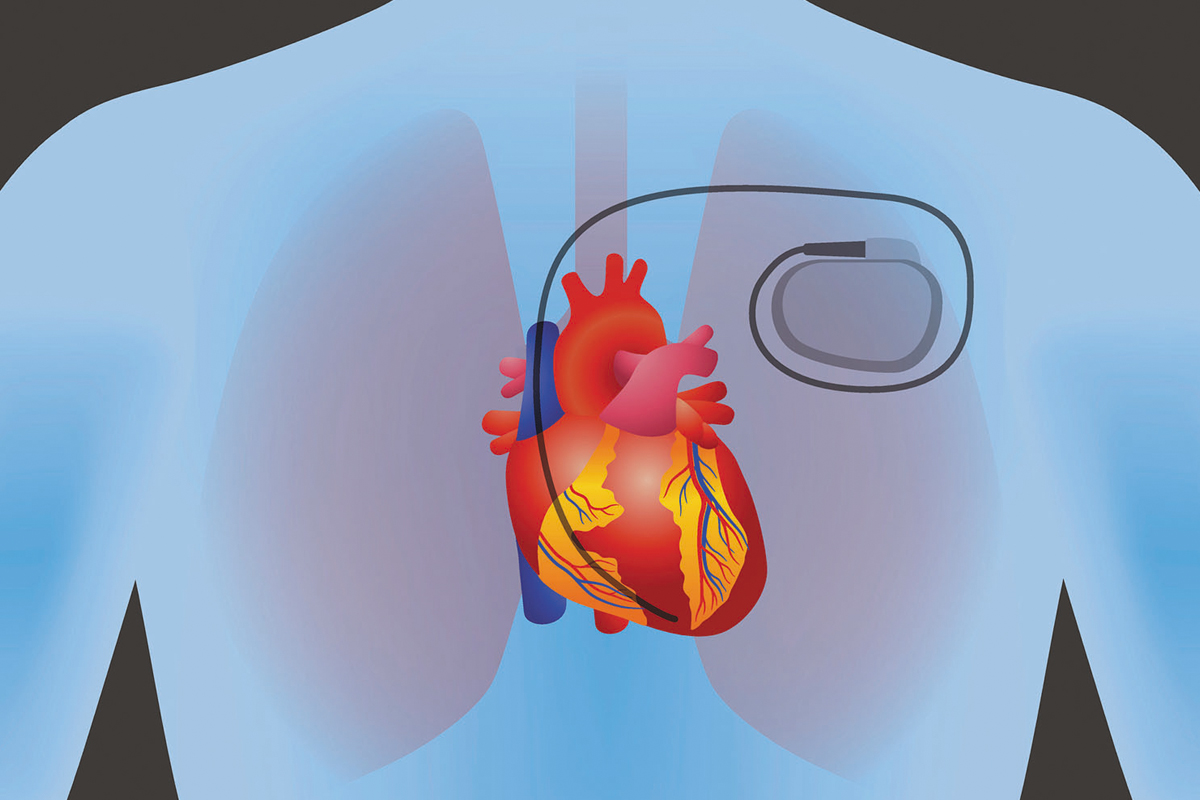A pacemaker insertion is the implantation of a small electronic device that is usually placed in the chest (just below the collarbone) to help regulate slow electrical problems with the heart. A pacemaker may be recommended to ensure that the heartbeat does not slow to a dangerously low rate.
If you need to have a pacemaker fitted, a small electrical device called a pacemaker will be surgically implanted in your chest. The pacemaker sends electrical pulses to your heart to keep it beating regularly and not too slowly. Having a pacemaker can significantly improve your quality of life if you have problems with a slow heart rate. The device can be lifesaving for some people.
As a precaution, it’s usually recommended that strenuous activities are avoided for around 4 to 6 weeks after having a pacemaker fitted. After this, you should be able to do most activities and sports. You’ll be able to feel the pacemaker, but you’ll soon get used to it. It may seem a bit heavy at first, and may feel uncomfortable when you lie in certain positions.
How does a pacemaker work?
When I turned 30, due to my father’s heart history and my family genetics, I vowed to start seeing a cardiologist every year and just really be proactive and take my own heart health into my own hands.
A pacemaker is a small device about the size of a matchbox or smaller that weighs 20 to 50g. It consists of a pulse generator, which has a battery and a tiny computer circuit, and 1 or more wires known as pacing leads, which attach to your heart. The pulse generator emits electrical impulses through the wires to your heart. The rate at which the electrical impulses are sent out is called the pacing rate. Almost all modern pacemakers work on demand. This means they can be programmed to adjust the discharge rate in response to your body’s needs. If the pacemaker senses that your heart has missed a beat or is beating too slowly, it sends signals at a steady rate. If it senses that your heart is beating normally by itself, it doesn’t send out any signals. Most pacemakers have a special sensor that recognizes body movement or your breathing rate. This allows them to speed up the discharge rate when you’re active. Doctors describe this as rate responsive.

